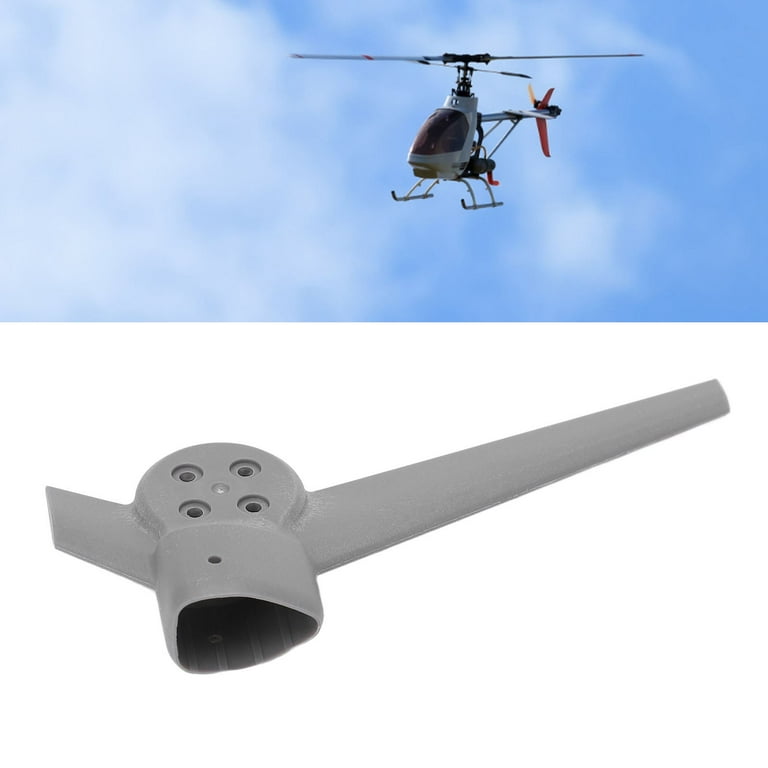The Buzz on Helicopter Replacement Parts
Wiki Article
The 6-Second Trick For Helicopter Replacement Parts
Table of ContentsHelicopter Replacement Parts - An OverviewTop Guidelines Of Helicopter Replacement PartsExcitement About Helicopter Replacement PartsLittle Known Facts About Helicopter Replacement Parts.

With this hinge, when one blade flaps up, the other flaps down. Flapping is triggered by a sensation referred to as dissymmetry of lift. As the aircraft of rotation of the rotor blades is tilted and the helicopter begins to move on, a progressing blade and also a pulling away blade become recognized (on two-bladed systems).
This causes better lift to be developed on the progressing blade, causing it to rise up or flap. When blade rotation reaches the point where the blade ends up being the pulling back blade, the additional lift is shed as well as the blade flaps downward. [Number 5] Completely verbalized rotor blade systems supply hinges that enable the rotors to move fore and aft, as well as backwards and forwards.
When initially starting to rotate, the blades delay until centrifugal pressure is completely developed. When rotating, a decrease in speed causes the blades to lead the major rotor center up until pressures come into equilibrium.
Helicopter Replacement Parts for Dummies
Toward that end, using elastomeric bearings in major rotor systems is boosting. These polymer bearings have the capacity to deform as well as go back to their original shape. Thus, they can absorb vibration that would generally be moved by steel bearings. They also do not need normal lubrication, which reduces maintenance.These are hubs and hub elements that are constructed of innovative composite products. They are designed to take up the forces of blade hunting as well as dissymmetry of lift by flexing. Therefore, several joints and also bearings can be removed from the tradition main rotor system. The result is a less complex rotor pole with reduced maintenance due to fewer moving parts.
Normally, helicopters have in between 2 and seven main rotor blades. These blades are normally made of a composite structure. The large revolving mass of the major rotor blades of a helicopter create torque.
[Figure 8] Regulated with foot pedals, the countertorque of the tail blades should be modulated as engine power degrees are altered. This is done by changing the pitch of the tail rotor blades. This, subsequently, alters the quantity of countertorque, as well as the airplane can be turned about its upright axis, enabling the pilot to control the instructions the helicopter is facing.
The smart Trick of Helicopter Replacement Parts That Nobody is Discussing

This reduced pressure triggers a discover this info here pressure counter to the torque generated by the main rotor. In addition, the rest of the air from the fan is sent with the tail boom to an air vent on the aft left side of the boom where it is expelled. This action to the left triggers a contrary response to the right, which is the instructions needed to counter the main rotor click here for more info torque.
It can be relocated in any kind of instructions to tilt the plane of rotation of the rotor blades. This triggers the helicopter to relocate in the instructions that the cyclic is relocated. As mentioned, the foot pedals regulate the pitch of the tail rotor blades thus balancing major rotor torque. Figures 11 and 12 illustrate the controls discovered in a regular helicopter.

A number of rotor styles as well as setups have been carried out gradually. Solitary primary blades helicopters are the most typical sort of helicopter They need an anti-torque device (tail rotor or other anti-torque system) to counteract the turning energy generated by the major blades, which is powered by several engine(s).
The Buzz on Helicopter Replacement Parts
The most common anti-torque tool is a tail rotor, which is designed to make up the torque created by the main blades. EC25 single major blades helicopter A tandem blades helicopter has two major rotor systems and also no tail blades. Usually the back rotor is placed at a higher position pop over to this site than the front blades, and the 2 are developed to avoid the blades clashing, should they bend into the various other rotor's path.The design of the drive as well as control system are more difficult than the ones of a solitary main blades helicopter (helicopter replacement parts). Ch47 Chinook helicopter with tandem rotors Coaxial blades are two primary blades placed on one mast, sharing the same axis of turning yet kipping down contrary instructions, one on top of the other.
The helicopter will certainly yaw to the left if the clock sensible turning blades produces even more lift, and also it will yaw to the right if even more lift is generated by the counter-clock smart revolving rotor. The drag created by the blades is quite big as a result of the interference of air flows, so these helicopters do not generally have a high cruising rate.
Report this wiki page